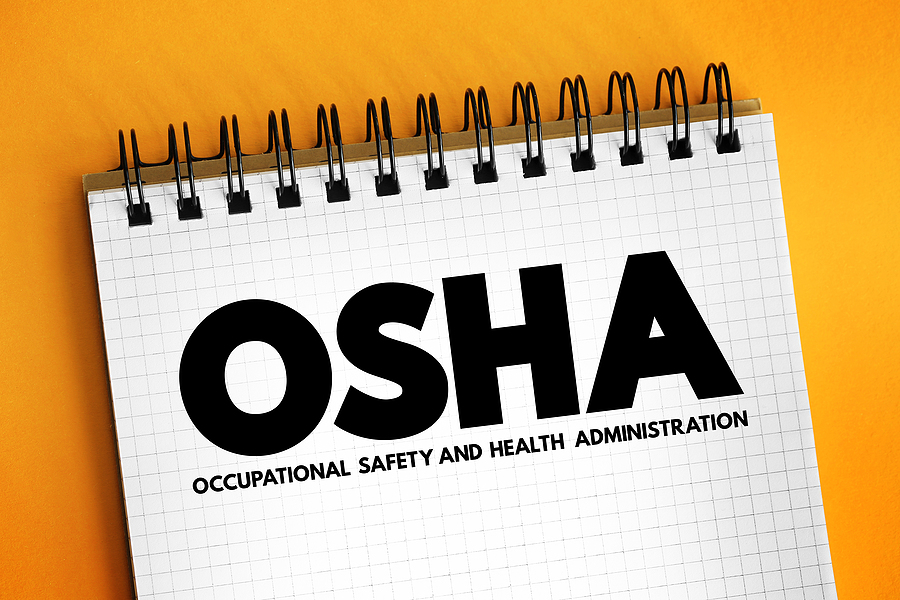Why are OSHA Standards Critical for Top Construction Site Safety Results?

We understand that working as a construction worker is dangerous. Employees frequently face the danger of falling from elevations or being struck by machinery. Indeed, falls make up no less than 40% of fatal injuries in this sector.
There are a number of different risks can cause falls on a construction site, including: unprotected edges, uneven surfaces, holes in the ground and loose materials. Those incidents can also occur when workers aren’t wearing the proper safety gear or aren’t following the rules of safety.
The best way to prevent injuries is to address the hazards that are specific to on-site labor. This can happen through having safe inspections and having safety protocols that all workers are to follow. In addition, appropriate safety training and equipping laborers with safety equipment will help decrease the number of falls.
Personal Fall Arrest Systems (PFAS) with safety harnesses will prevent construction workers working at elevations of six feet or more from suffering a fall that could result in serious injury or death. Also remember that safety gear is situation specific.
In a majority of the fatal accidents, workers were not provided and did not use protective equipment that had been appropriate for the work they were doing at the time they were killed. Employers are required to provide these workers with fall protection and the proper equipment for each job or situation, including the correct types of ladders, scaffolds and safety gear. A few basic safety measures can help prevent falls and save lives.
Then all workers should have a thorough education about the risks, the potential hazards at a job site, and how to prevent them. Even the best gear in the right setting will not keep the nation’s workers safe, if they are not used appropriately. Poor guidance for employees is another leading cause of worker accidents and death. A worker needs to know how to wear and take care of safety equipment. Yes, these resources on ladder, scaffold and roof safety and these materials and resources on selecting fall protection will guide employers on how to educate employees about fall hazards.
A great deal of that attention focuses on the individual worker when it comes to preventing falls on construction sites. But it is also important to address the culture of safety in the workplace. You can do this in part by having regular safety meetings. At these meetings, you can review your particular fall hazards and how to prevent them.
You can also discuss your safety policies and procedures, and ensure that everyone’s on the same page. Another method to enhance fall prevention is to develop a process for near-miss and accident reporting. That way, you can spot potential hazards before they hurt someone. And last but not least, it’s crucial to ensure that workers feel comfortable speaking up if they learn of something dangerous. However, by keeping the line of communication open, you can help in making your jobsite a safer one for all involved.
